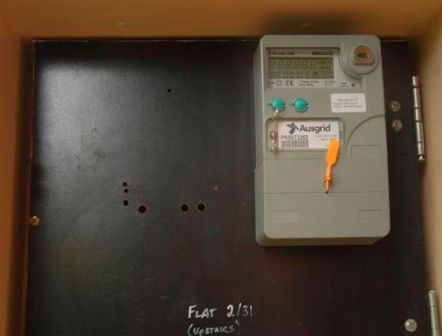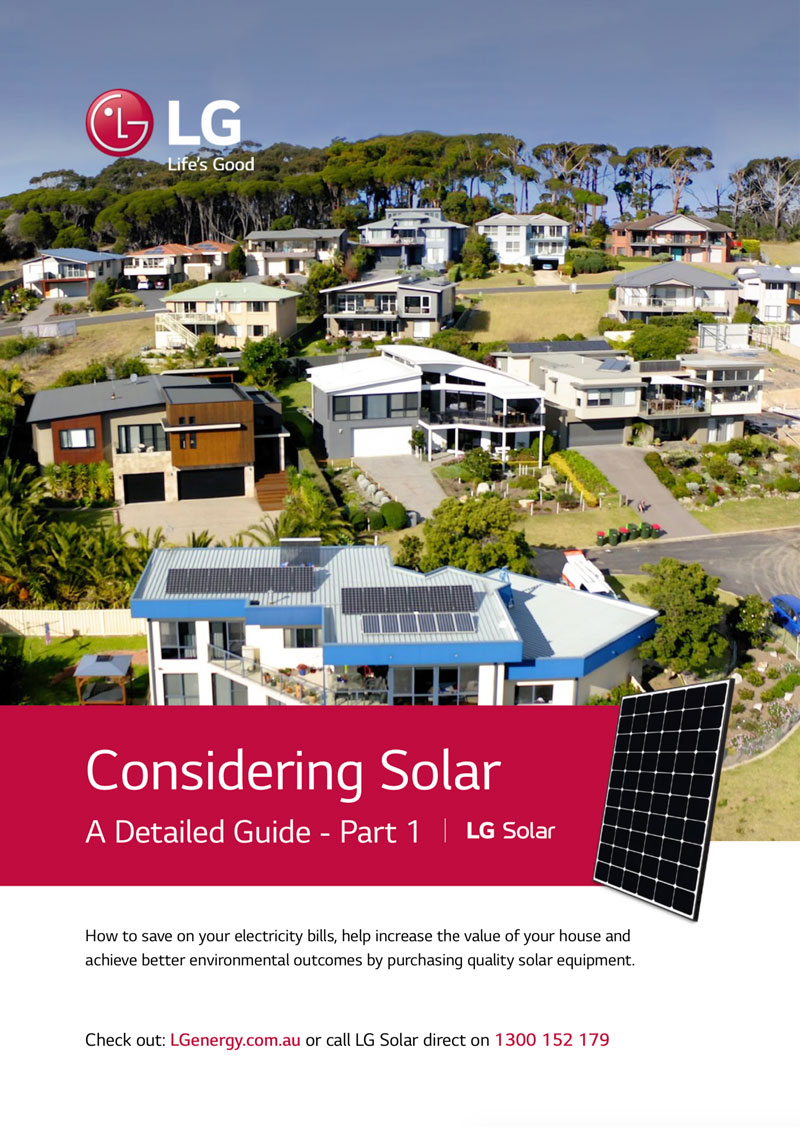What is the feed-in tariff (FIT) and how does it work?
Many electricity retailers (but not all) have introduced a feed-in tariff. A feed-in tariff pays you for excessive electricity generated by your solar PV system, and not used in your home.
Under a net feed-in tariff, a fee is paid for any solar energy that goes back into the grid from your house. So if you have surplus energy generated by your solar panels, you get paid for it; and if you use all of the energy you generate it will be offset against your normal electricity bill.

Under a gross feed-in tariff which are now not offered for new connections, you get paid for every unit of electricity generated by your solar panels, as all electricity generated by your system bypasses your house and is exported to the grid (power lines).
You need to apply to your electricity retailer to receive the feed-in tariff. When signing an agreement with your electricity retailer, you need to be informed how much you will be paid for every kW/h exported.
In particular, you should check with your electricity retailer about any tariff changes that will occur as a result of installing solar and carefully weigh up the advantages and disadvantages before making a decision of using this particular electricity retailer. Ask your LG solar installer about the most solar friendly electricity retailer in your local area and consider changing electricity retailer to get the best feed-in tariff deal.

